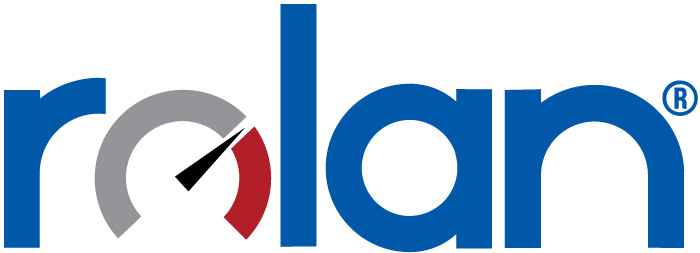Tyre Size Guide
Understanding Tyre Markings
You will find the size of a tyre on its sidewall. With a quick explanation as to what the different numbers mean, you will see that it is very quick and very easy to find out a tyre's size.
Here's our simple guide to explain what some of them mean:

Load Index Conversion Table
The load index is a number indicating the maximum load capacity at which the tyre can be safely operated, subject to the tyre being in sound condition, correctly fitted, and with recommended inflation pressures (Using the above diagram 79 represents a maximum load of 437kg per tyre).
| Load index
|
Load in kg per tyre | Load index
|
Load in kg per tyre | Load index
|
Load in kg per tyre | Load index
|
Load in kg per tyre | Load index
|
Load in kg per tyre |
|---|---|---|---|---|---|---|---|---|---|
| 62
|
265
|
75
|
387
|
88
|
560
|
101
|
825
|
114
|
1180
|
| 63
|
272
|
76
|
400
|
89
|
580
|
102
|
850
|
115
|
1215
|
| 64
|
280
|
77
|
412
|
90
|
600
|
103
|
875
|
116
|
1250
|
| 65
|
290
|
78
|
425
|
91
|
615
|
104
|
900
|
117
|
1285
|
| 66
|
300
|
79
|
437
|
92
|
630
|
105
|
925
|
118
|
1320
|
| 67
|
307
|
80
|
450
|
93
|
650
|
106
|
950
|
119
|
1360
|
| 68
|
315
|
81
|
462
|
94
|
670
|
107
|
975
|
120
|
1400
|
| 69
|
325
|
82
|
475
|
95
|
690
|
108
|
1000
|
121
|
1450
|
| 70
|
335
|
83
|
487
|
96
|
710
|
109
|
1030
|
122
|
1500
|
| 71
|
345
|
84
|
500
|
97
|
730
|
110
|
1060
|
123
|
1550
|
| 72
|
355
|
85
|
515
|
98
|
750
|
111
|
1090
|
124
|
1600
|
| 73
|
365
|
86
|
530
|
99
|
775
|
112
|
1120
|
125
|
1650
|
| 74
|
375
|
87
|
545
|
100
|
800
|
113
|
1150
|
126
|
1700
|
Speed Symbol Conversion Table
The speed symbol is a symbol indicating the maximum speed at which the tyre can be safely operated, subject to the tyre being in sound condition, correctly fitted, and with recommended inflation pressures (Using the above diagram T represents a maximum speed of 190 km per hour).
| Speed Symbol |
J
|
K
|
L
|
M
|
N
|
P
|
Q
|
R
|
S
|
T
|
U
|
H
|
V
|
W
|
Y
|
VR
|
ZR
|
|---|---|---|---|---|---|---|---|---|---|---|---|---|---|---|---|---|---|
|
Speed in km/hr
|
100
|
110
|
120
|
130
|
140
|
150
|
160
|
170
|
180
|
190
|
200
|
210
|
240
|
270
|
300
|
>210
|
>240
|
Consult tyre manufacturer for further details of Z speed category
Treadwear
Uses numbers from 100 to about 700. Theoretically, a tyre rated 150 would have a 50 percent longer lifespan than a tyre rated 100 if used in the same conditions — driver, vehicle and roads. Soft summer tyres tend to have lower treadwear ratings than all-season tyres.
Traction
Uses AA, A, B and C, with AA being the best traction on a wet road. The traction measured is straight-line acceleration and braking. This is not a measure of cornering grip or performance on dry surfaces.
Temperature
Uses letter grades A, B and C, with A representing the best resistance to heat buildup and C the least. The friction of a tyre on pavement generates heat, and too much heat degrades high-speed performance and can accelerate aging and failure. C is the lowest permissible rating.
Production Date
All tyres are produced with a serial Tyre Identification Number (or serial TIN) that shows the date of manufacture of a tyre. The last four digits of the serial TIN indicate the week and year that the tyre was made. For example, if a tyre has a production date 0312 it means the tyre was made in 3rd week of 2012. Most tyre manufacturer warrant their tyres against manufacturing and material defects for five years from the date of manufacture. Based on their understanding a number of vehicle manufacturers are now advising against the use of tyres that are more than six years old due to the effects of ageing.


